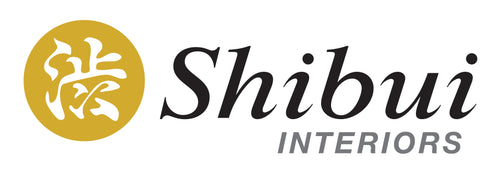Concept of Shibui
 shibui (adjective) or shibumi (noun)
shibui (adjective) or shibumi (noun)To the Japanese, beauty comes in many forms. Its ultimate is described as Shibui – a concept of inner meaning rather than superficial adornment, of simplicity and restraint, tranquility and naturalness, subtle and unobtrusive beauty.
No colour in nature is uniformly even. Rather it is shaded, containing many shades of the same colour. On a green landscape there are thousands of greens and thousands of other colours, bark colours, stone colours, soil colours, flower colours. The colours in the highest ratio in nature are quiet, undemanding. Bright vibrant colours are in a very small ratio to the overall scheme.
Pattern and texture are everywhere in nature. Every leaf is veined, every tree is textured. But you have to look very closly to see that this is so. This patterning and texturing goes hand in hand with the many shades of colours. This is why there is dimension in the colouring, why no colour is flat and uniform.
Shibui refers to the ultimate goal in Japanese art forms, the attainment of supreme beauty with the minimum amount of material – the fewest words as in haiku, the fewest flowers as in ikebana – and the exercise of the greatest restraint. Shibui is subdued elegance.
